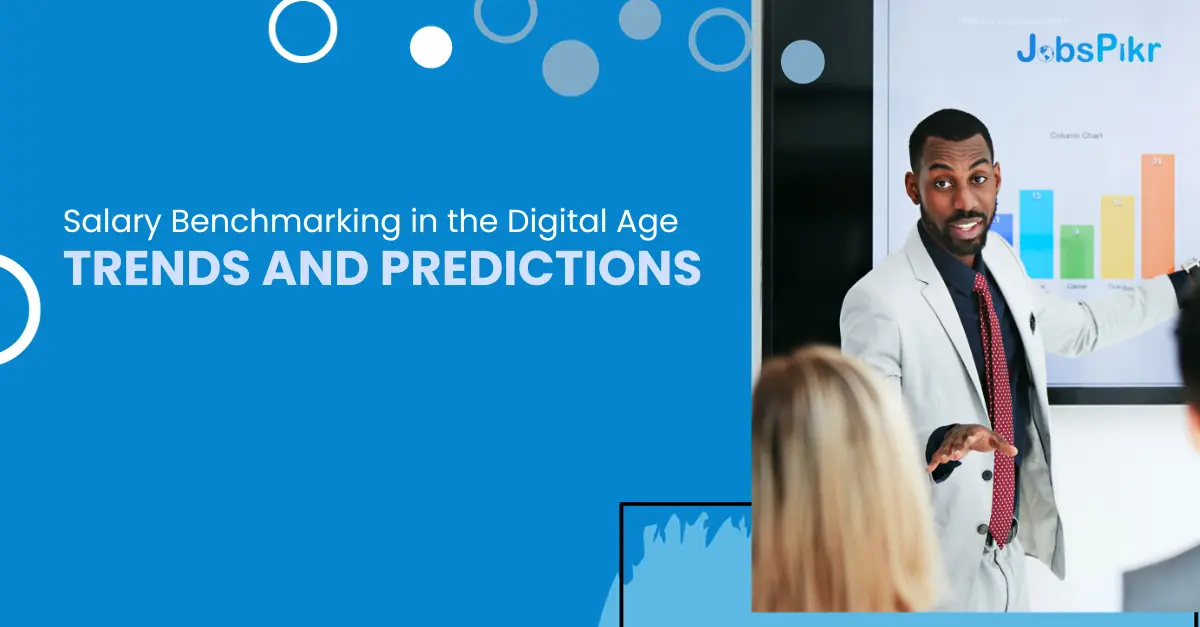In an era where technology is reshaping the dynamics of the workplace, salary benchmarking has become a critical tool for organizations striving to attract and retain top talent.
As we delve into the digital age, this process is undergoing significant transformations, influenced by emerging technologies, evolving job roles, and changing workforce expectations.
Let’s explore current trends in salary benchmarking and offer predictions for its future trajectory.
The Evolution of Salary Benchmarking
Traditionally, salary benchmarking has been a process of comparing compensation packages within an industry or among competitors to determine competitive salary ranges. In the digital age, this practice has evolved beyond mere comparison. It now incorporates a wide array of data points, including employee skills, experience levels, and even market demand for specific roles.
Integration of Big Data and AI
One of the most significant trends in salary benchmarking is the integration of Big Data and artificial intelligence (AI). These technologies enable organizations to analyze vast amounts of compensation data from various sources. AI algorithms can predict future salary trends and help companies adjust their compensation strategies proactively.
Emphasis on Total Rewards
Organizations are increasingly focusing on ‘total rewards’ rather than just salaries. This approach takes into account other aspects of compensation, such as bonuses, health benefits, work-life balance, and career development opportunities. Today’s employees value these comprehensive packages, and salary benchmarking has expanded to include these elements.
Image Source: Netsuite
Predictions for the Future
Looking ahead, several predictions can be made about the future of salary benchmarking:
Image Source: Alistair Fraser | LinkedIn
- Increased Personalization: As technology advances, companies will be able to tailor compensation packages more closely to individual employee needs and preferences.
- Greater Transparency: Digital platforms will likely lead to greater transparency in salary data, enabling employees to have more information when negotiating salaries.
- Dynamic Salary Adjustments: With real-time data analysis, organizations might shift towards more dynamic salary adjustments rather than annual reviews.
- Global Benchmarking: As remote work becomes more prevalent, companies will need to benchmark salaries on a global scale, considering cost-of-living differences and international market rates.
- Focus on Equity and Diversity: There will be a stronger emphasis on ensuring salary equity across different demographics, driven by societal demand for diversity and inclusion in the workplace.
Conclusion
In summary, salary benchmarking in the digital age is becoming more sophisticated, data-driven, and integral to strategic human resource management.
As organizations navigate these changes, they will need to stay abreast of the latest trends and technologies to maintain a competitive edge in talent acquisition and retention.
The future of salary benchmarking promises greater accuracy, transparency, and fairness in compensation, aligning with the evolving expectations of the modern workforce.
JobsPikr is one such tool that allows organizations to perform the salary benchmarking exercise at a global scale so employees are compensated fairly and attract the best talent.
To know more about how we can assist you, contact us at sales@jobspikr.com




